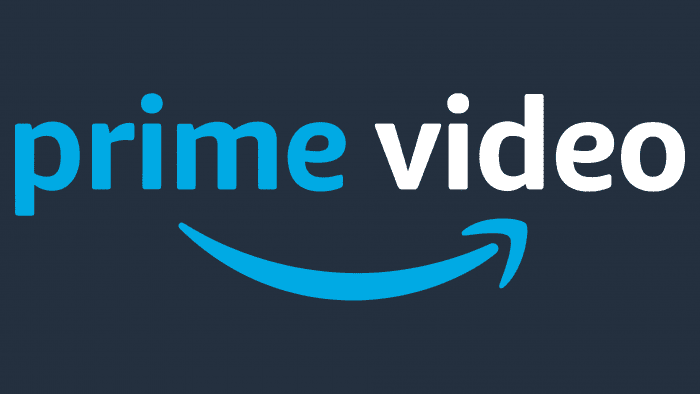Bundles Work in Theory; Amazon's Work for Real
Packaged pricing, a single interface, and better discovery make Prime Video's 'Bundle and Save' bundles a great user experience.
Over the holidays, I saw an ad for a STARZ-BritBox bundle and thought it would be a great chance to finally watch the Ella Purnell serial-killer series Sweetpea on STARZ and catch up on some British TV on BritBox. So I signed up.
Sweetpea was fantastic — a darkly comic take on a stepped-on, overlooked girl losing her shit — and then zzzzzzzzz I cancelled the bundle before it renewed for the second month. The problem was much less the available titles on STARZ and BritBox as the fact that those two apps are not a part of my TV routine.
Out of sight; out of mind.
When that same bundle is on a streaming app that you use multiple times a week, you get a much different result. STARZ-BritBox is one of several two-streamer “Bundle and Save” bundles that Amazon has added recently to Prime Video and Fire TV’s ‘Subscriptions’ tab:
STARZ-BritBox ($14.99 a month)
AMC+-Acorn TV ($11.99 a month)
AMC+-MGM+ ($11.99 a month)
PBS Kids-PBS Masterpiece ($11.99 a month)
Max-Cinemax ($21.99 a month)
STARZ-MGM+ ($11.99 a month)
STARZ-AMC+ ($13.99 a month)
I see three big upsides to these two-streamer bundles on Prime Video vs. subscribing to streamers on their respective apps:
Packaged pricing. The Prime Video bundles will save you several dollars a month vs. subscribing to two services individually, and it’s a particularly good bargain when you already subscribe to one of the services.
A single Interface. The 100%-no-doubt-about-it reason the STARZ-BritBox bundle didn’t take for me is that it was a pricing bundle. I had to get logins for each app, I had to download each app on my iPad and TV, and — where it all went wrong — I had to remember to find things to watch and actually watch them on each app. I simply didn’t.
I’m not sure the user experience would have been any better had STARZ and Britbox both been available on a single app unless that was an app like Apple TV, Prime Video, or Netflix that I already frequently use.
Again: Out of sight; out of mind.
Better discovery. I subscribed to Amazon’s AMC+-Acorn TV bundle ($11.99 a month), and both services were immediately integrated into my Prime Video user experience.
My ‘Popular Movies’ row now includes Red Rooms on AMC+ and Ghostlight on Acorn TV that are 2024 movies streaming exclusively on those services. My ‘Featured Originals and Exclusives’ row now includes original shows from AMC+ and Acorn TV with expanding artwork and trailers.
Each title tile has a logo in the lower, right-hand corner that shows what streamer is providing the show — Prime Video or a subscription streamer — and a lock in the lower, left-hand corner if the title is only available on VOD or a service that you don’t currently subscribe to.
Amazon uses those streamer logos to drive awareness of what services you can subscribe to and to create an easy onboarding path for subscribing. My ‘Explore: Drama Movies with Subscriptions’ row, for example, includes The Fabelmans on STARZ, Fly Me to the Moon on Apple TV+, Love Lies Bleeding on Max, and Top Gun: Maverick on Paramount+.
It’s a little pushy to show me available titles on services that I don’t subscribe to, but it’s also useful information. If I’m subscribed to AMC+ and Acorn TV on Prime Video, why not consider STARZ, Apple TV+, Max, or Paramount+? If I search for Hot Tub Time Machine, I’m glad Prime Video tells me I can buy it for $4.99, rent it for $3.99, or subscribe to Max for a month for $16.99 ad-free or $9.99 ad-supported and watch it there.
Amazon’s subscriptions work for Apple TV devices with a few additional clicks. I searched Apple TV for Interview with the Vampire, and it shows me the series available on AMC+ through several apps — including Prime Video — where AMC+ is available. If you click on the Prime Video icon on the show page, it will play the first episode directly in the Prime Video app, and Apple TV will remember later that you watch the show on Prime Video.
As an Apple TV user, I’d still rather subscribe to a service on Apple TV than on Prime Video, but Prime Video will still be a great option for services that are not available on Apple TV or services that are cheaper by the bundle on Prime Video.
For a Fire TV user, Prime Video’s subscriptions work especially well because Amazon owns both Fire TV and Prime Video. The Fire TV interface is more or less a feature-packed version of the Prime Video app, so your subscriptions are completely integrated into the content rows and search.
The streaming ecosystem is still patchy — you can’t subscribe to Peacock, Disney+ or Netflix on Apple TV or Prime Video and integrate them directly into the app, Max and Discovery+ are available on Prime Video but not Apple TV, etc. — but Amazon is making it better as it goes.





